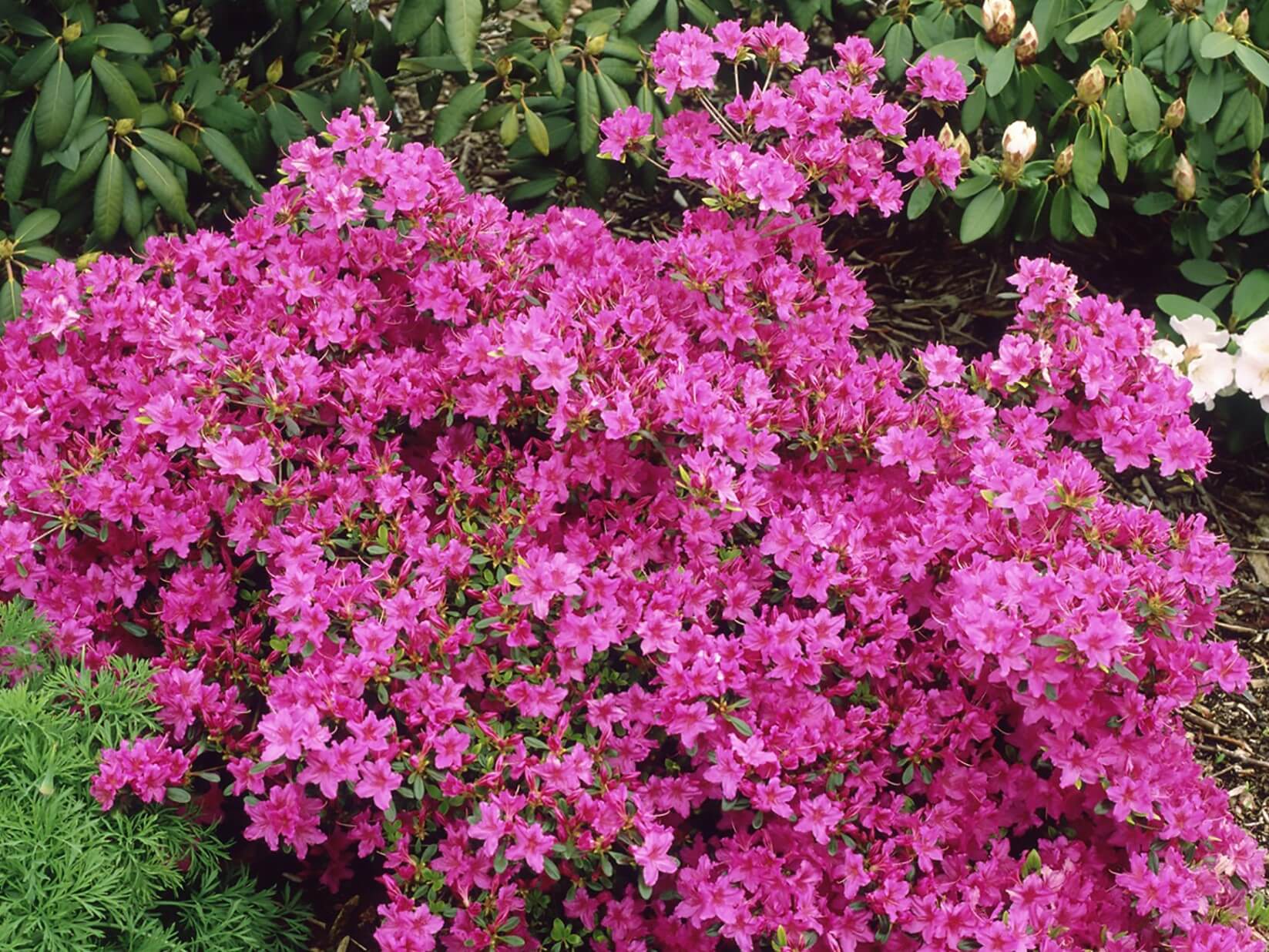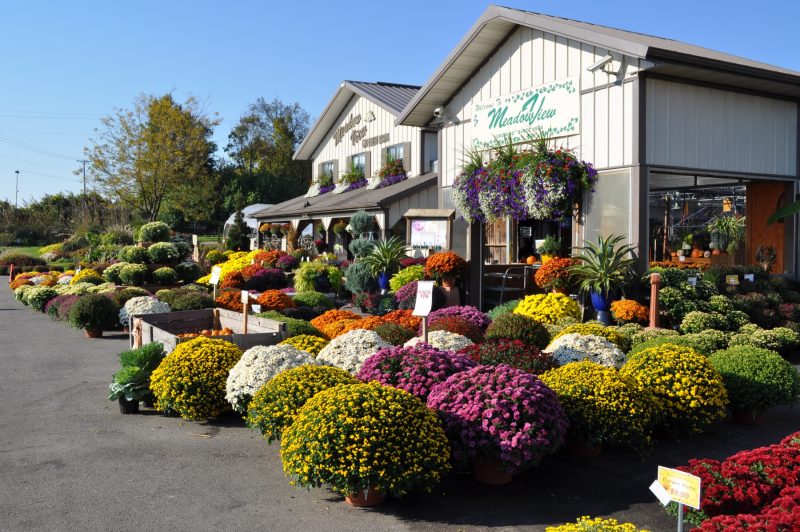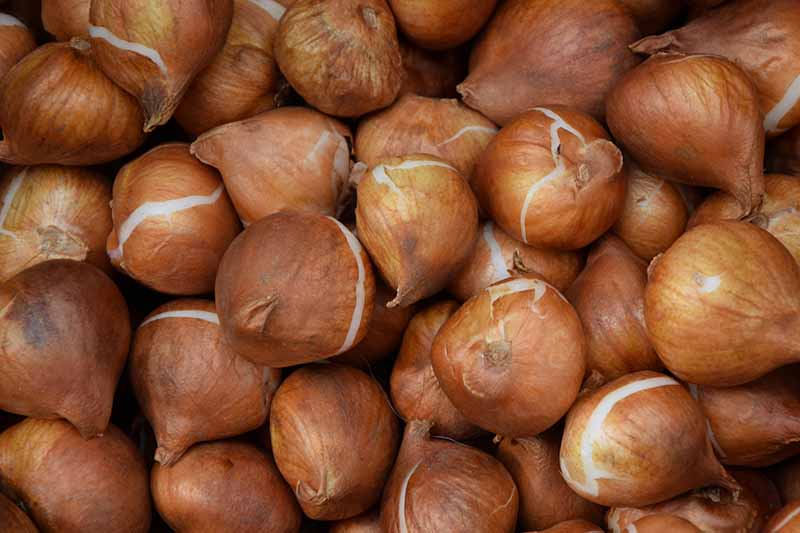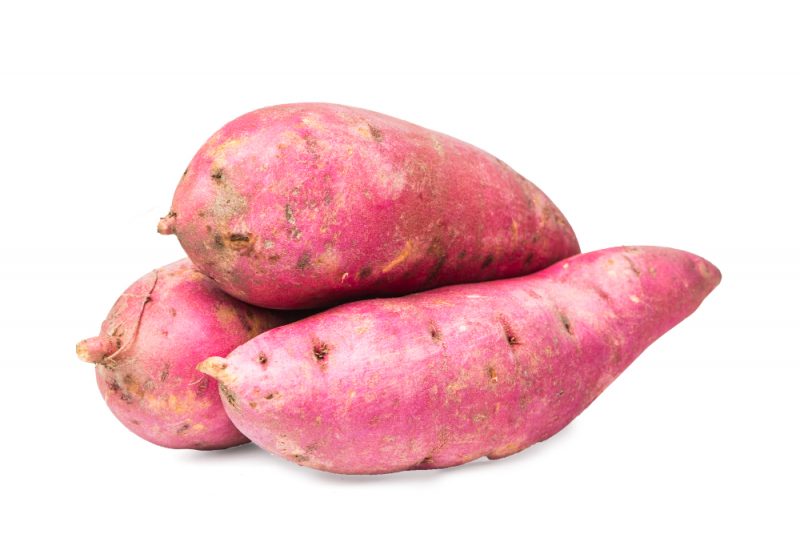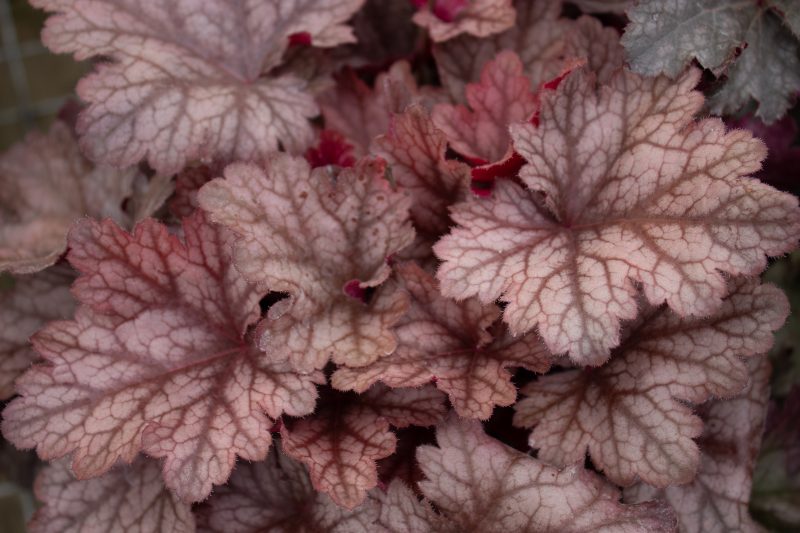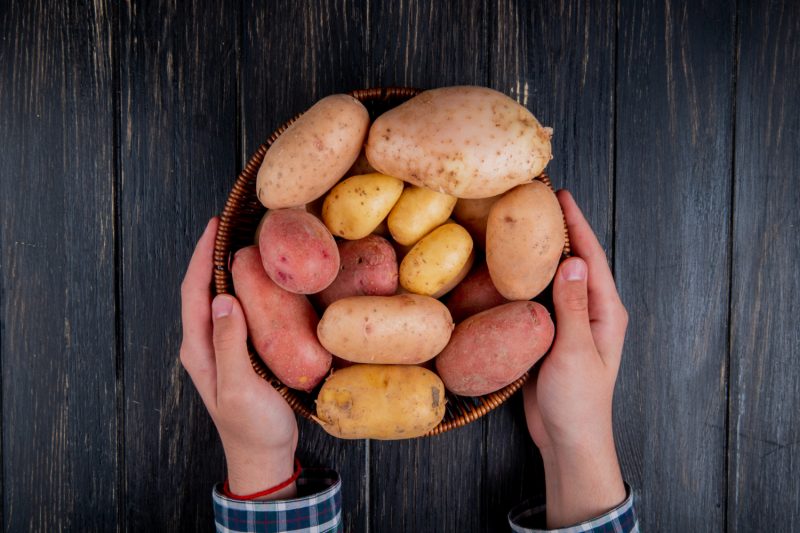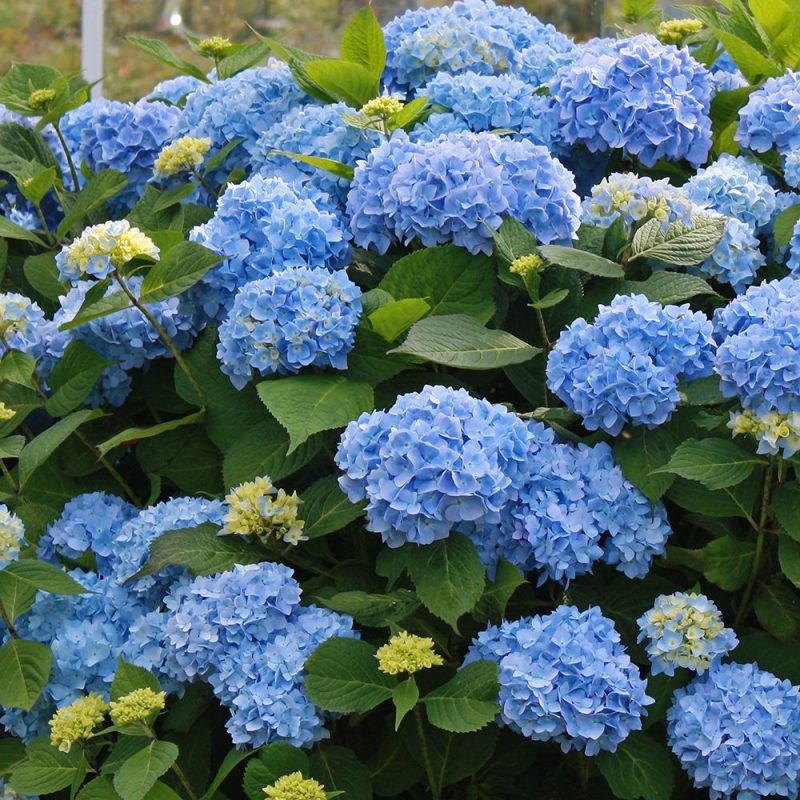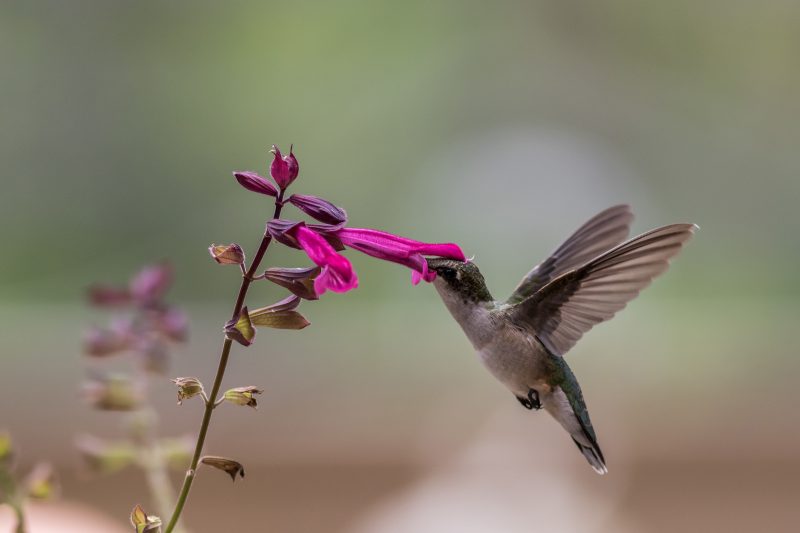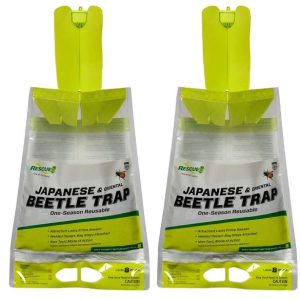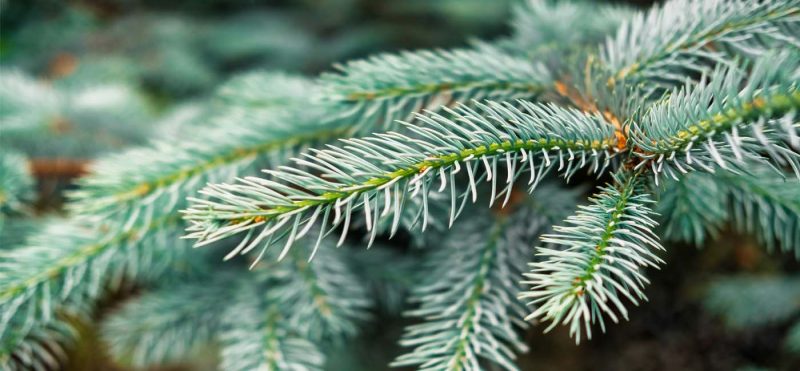
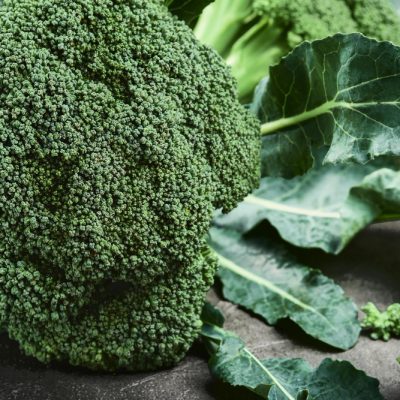
July 15
- Enjoy fresh vegetables from your garden and farmers’ markets
- Plant rutabagas for harvest in early autumn
Cut back vigorous shoots of wisteria to check their growth - Sharpen mower blades if lawn appears brown after mowing
- Examine trees after severe thunderstorms for damaged limbs
- Sow parsley, dill, and basil in pots for use indoors during winter
- Allow broccoli to develop side shoots after central head has been harvested
- Pinch mint, oregano, and savory to promote bushy growth
- Share your harvest with a hunger center
- Continue fruit tree, rose, and vegetable spray/dust programs. To stay completely safe, follow the instructions on the labels. Watch the vegetable garden for developing insect or disease problems.
- Protect developing fruit from birds by using vinyl bird netting
- Keep fertilizing that gorgeous garden that is the envy of the neighbors. Potted plants especially use lots of fertilizer as you water them so frequently
- Don’t forget to water trees deeply, especially newly-planted trees and the oldest ones
- Make new flower beds by starting with cardboard boxes. Once you line the beds with cardboard, add mulch to start making the foundation of the bed. After the next rain or add water from your hose, the soil will be added, then another layer of mulch.
- Change the water in your bird bath regularly to keep mosquito larvae from growing there, and keep it filled

